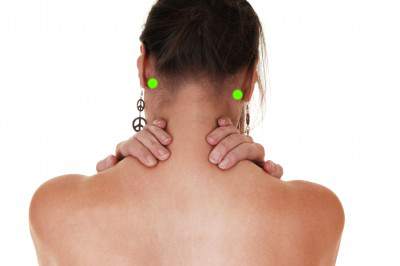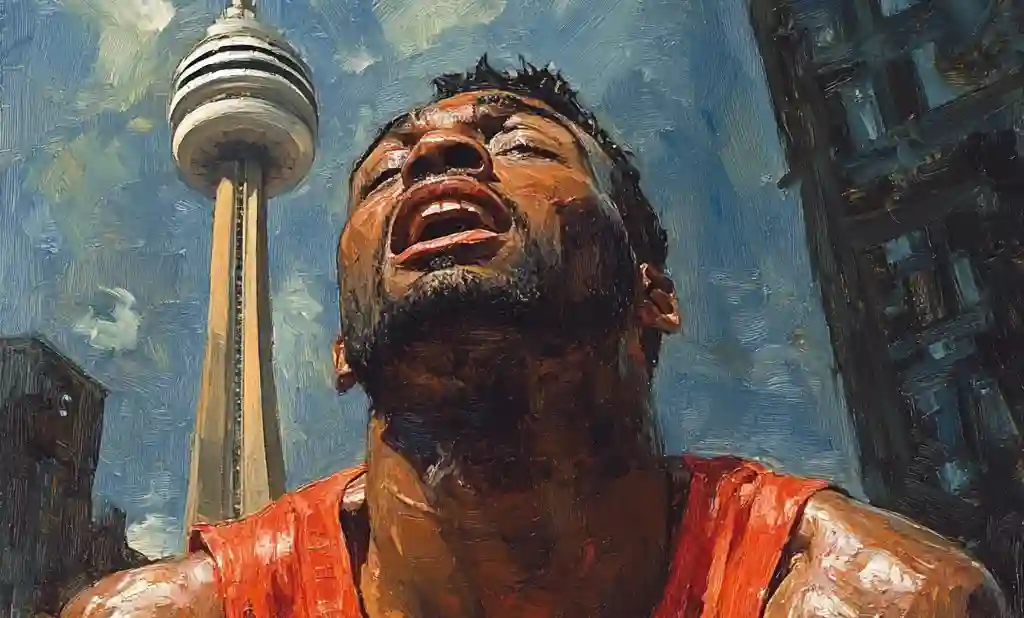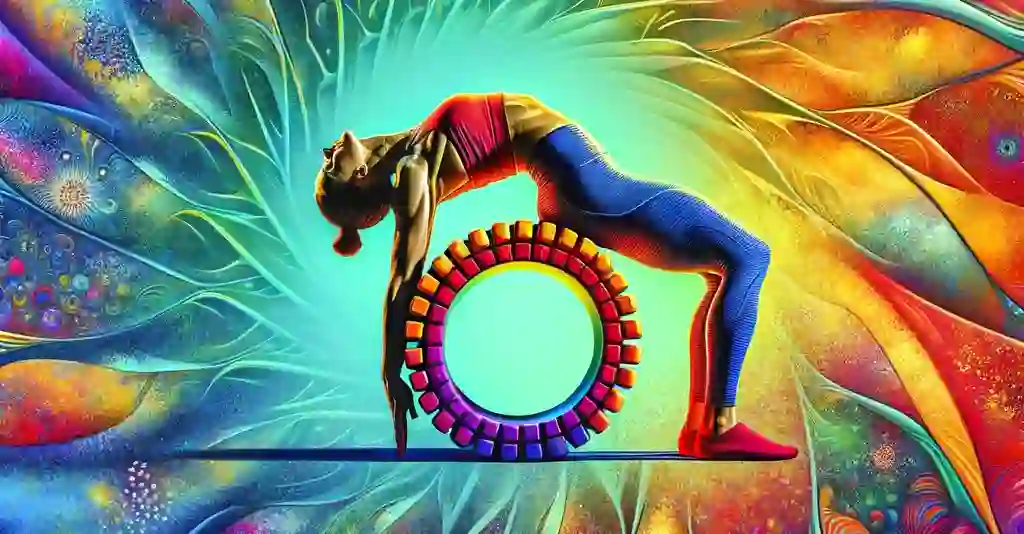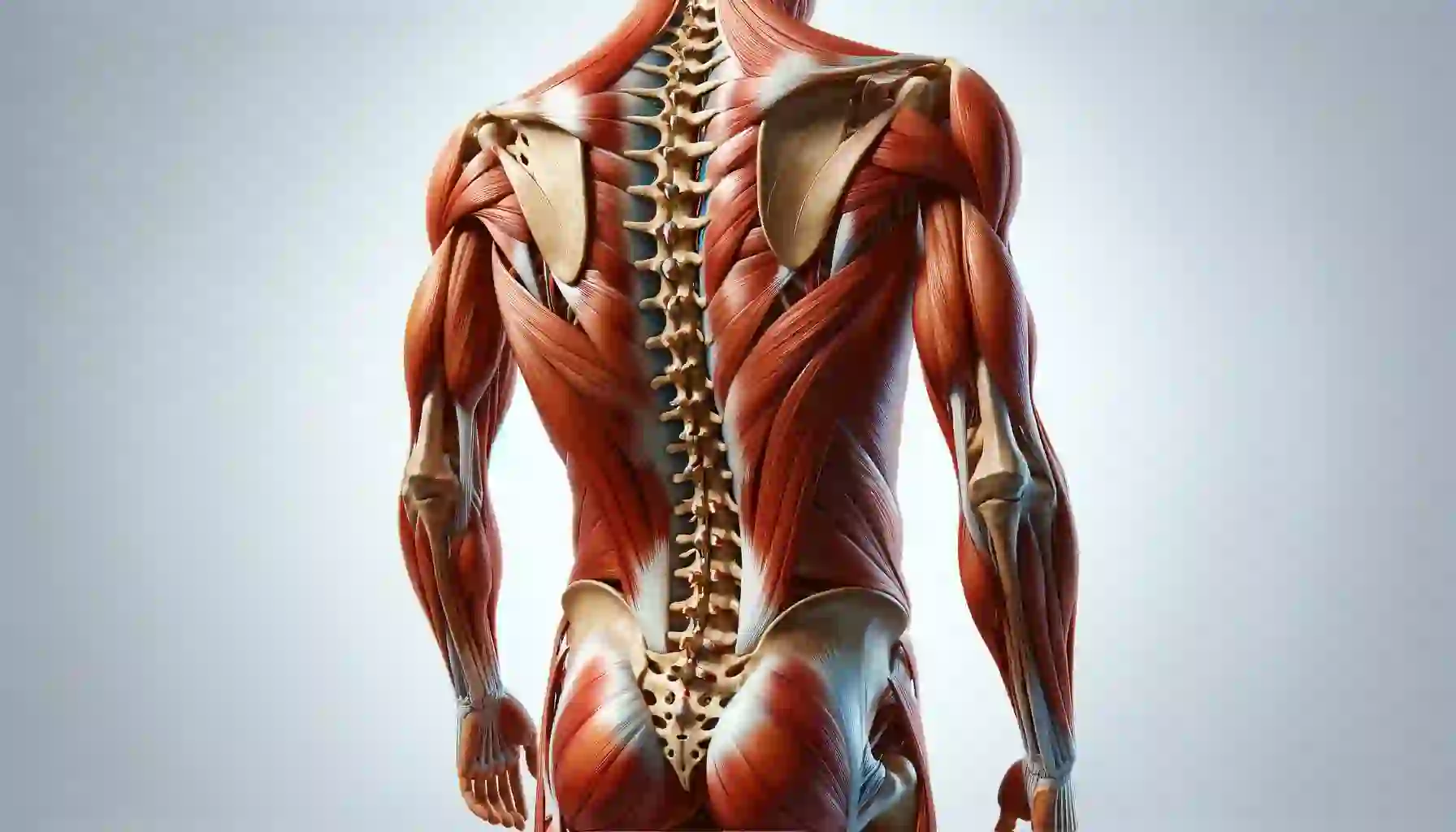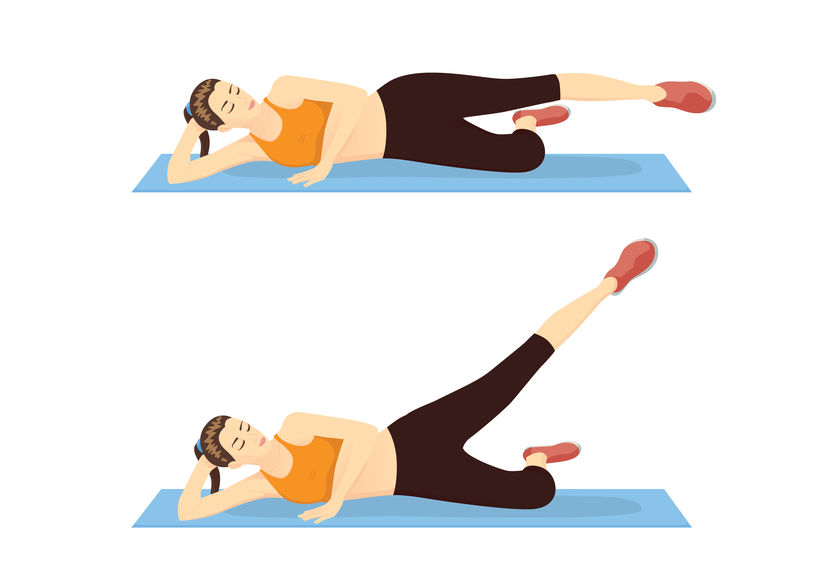Is Your Child at Risk for Scoliosis? A Parent’s Guide to Early Detection
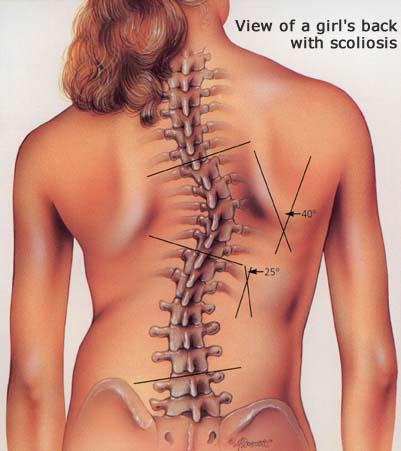
As a parent, it’s natural to worry about your child’s health. Scoliosis, a sideways curvature of the spine, is a condition that often develops during childhood. Understanding the signs and knowing when to reach out for professional help is important. In this article, we’ll guide you through screening your child for scoliosis and explain when to consult a chiropractor.
What is Scoliosis?
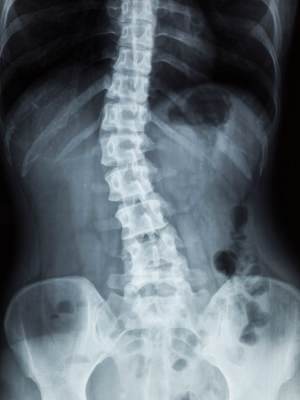
Scoliosis is a sideways spine curve that typically appears when a child is going through a growth spurt. A curve of even 10 degrees is considered scoliosis, and it can worsen over time, forming a “C” or “S” shape.
Most of the time, the cause of scoliosis is unknown (idiopathic scoliosis). Muscle imbalances are a major factor – stronger muscles on one side of the spine can pull the spine out of alignment, creating a cycle of worsening curvature[1]. Scoliosis can run in families, so if close relatives have it, your child is at higher risk.
Detecting and Preventing Scoliosis
So how do you find and prevent scoliosis? You should find your child’s scoliosis in the early stages so you have a better chance to fix it. Check your child starting when they are 8-9 years old each year until they are 12.
Like slowly hardening clay the spine eventually becomes set and with age, the scoliosis cannot be fixed. It can be treated but the later that the scoliosis is discovered the greater the chance that exercises will not correct the problem completely.
Lower Back Pain Is Twice As Likely
A study that tracked people with scoliosis for 50 years found that people with scoliosis had almost twice the likelihood of lower back pain compared to people with no scoliosis.[2]
Why Address Scoliosis Early?
- Back Pain: Studies show people with scoliosis are more likely to experience back pain.
- Progression and Surgery: If scoliosis goes untreated, it can worsen. Severe cases (40-50 degrees) may require surgery.
Chiropractors Are The Best For Screening Scoliosis
If you have a family history of scoliosis or you have a concern about scoliosis you should have your child screened for scoliosis once a year by a chiropractor starting at the age of eight or nine.
Why a chiropractor? They are the experts when it comes to the spine.
If you have close relatives that have scoliosis and you are not content to get your child checked once a year you can do a scoliosis screen yourself to supplement a professional screening.
Keep in mind a chiropractor who looks at posture every day will see things that the average person would not see.
How to Screen for Scoliosis
Starting at age ten, children should be screened for scoliosis annually by a chiropractor. Chiropractors specialize in spinal health. If you have a family history of scoliosis, you might want to supplement with careful home screenings.
Home Screening Guide
1. Observation:
Have your child stand in shorts with their back to you (a cut-open T-shirt allows better spine visibility). Close their eyes and gently move their head side to side, then forward and back. This helps them find a natural posture.
Head: Are ears level (use the mastoid bone below each ear as a guide see green dots where the mastoid bone is)?
2. Check for Asymmetries When Looking At Your Child From The Back:
Shoulders: Are they the same height?
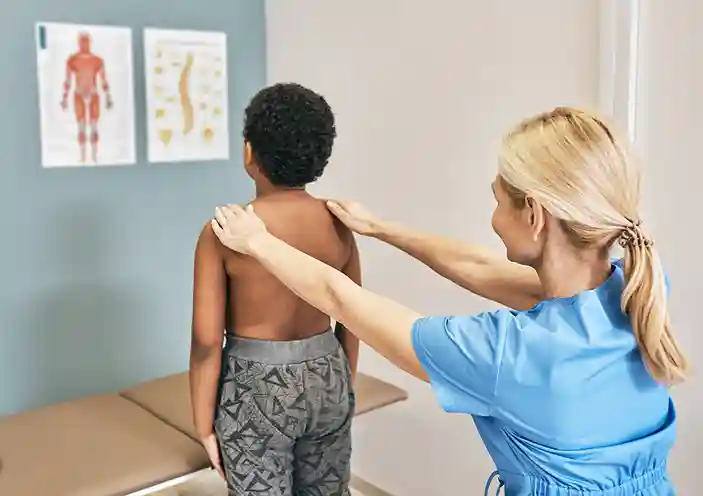
Shoulder blades: Are the bottom of the shoulder blades even, or does one protrude more?
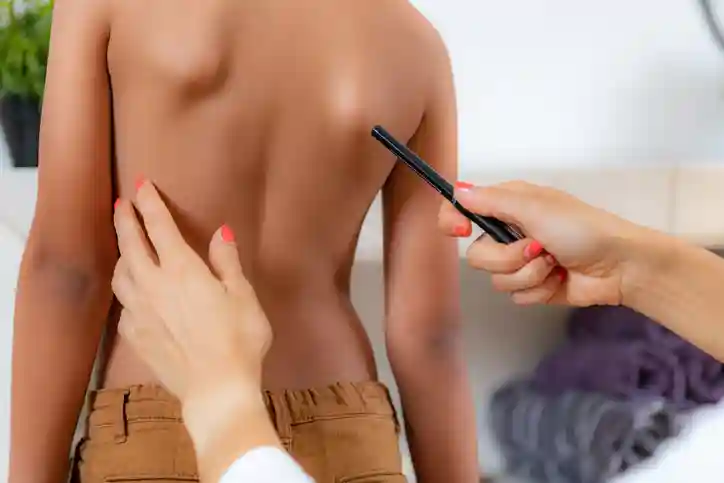
Hips: Are the hip bones level?
Forward Bend Test: Have your child bend forward at the waist, arms relaxed. Look for a hump on one side of their back – this is a positive sign.
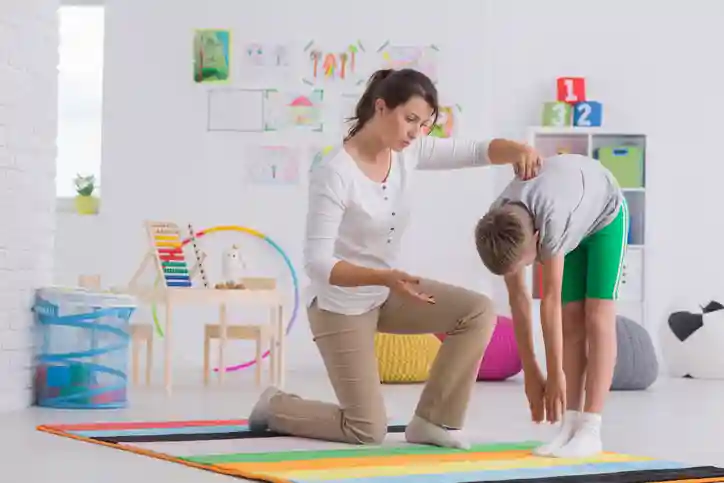
Front View:
Is their belly button centred?
Is the space between their elbows and waist even on both sides?
When to See a Chiropractor
If you notice any unevenness, or if the Forward Bend Test is positive, schedule an appointment. Your chiropractor may recommend an X-ray. Key things:
- Standing X-ray: Essential for accurate measurement of the curve.
- Full Spine: X-ray should include neck, mid-back, and lower back.
Follow-Up
Scoliosis needs yearly monitoring. If your child is under 16 and growing, a 6-month follow-up X-ray is often wise. After 18, most growth is done, but not always.
See Also: MRI, CT Scan, X-rays: Which is Best For My Pain
Scoliosis Needs To Be Checked Yearly.
- If the child is under 16 years and is still growing I recommend the first re-examination with X-rays be 6 months later.
- If there is no progression on the 2nd examination then they should be checked one year later and every year after that.
- Even with no progression scoliosis can get worse with a growth spurt.
- After 18 years of age, most people have stopped growing so scoliosis usually stops progressing but this is not guaranteed.
- There is a significant minority of people with scoliosis that slowly progresses while in their 20s. You can keep progressing even when the angle is not large, but if it has reached 40-50 degrees the scoliosis is likely to keep progressing.
Feel free to share your questions, thoughts and experiences in the comments below, and don’t forget to connect with us on Facebook for more updates and tips on improving your health. We’d love to hear your opinions on who you consider the best Toronto chiropractor.
- http://www.schrothmethod.com/
- Health and Function of Patients With Untreated Idiopathic ScoliosisA 50-Year Natural History Study http://jama.jamanetwork.com/article.aspx?articleid=195893
